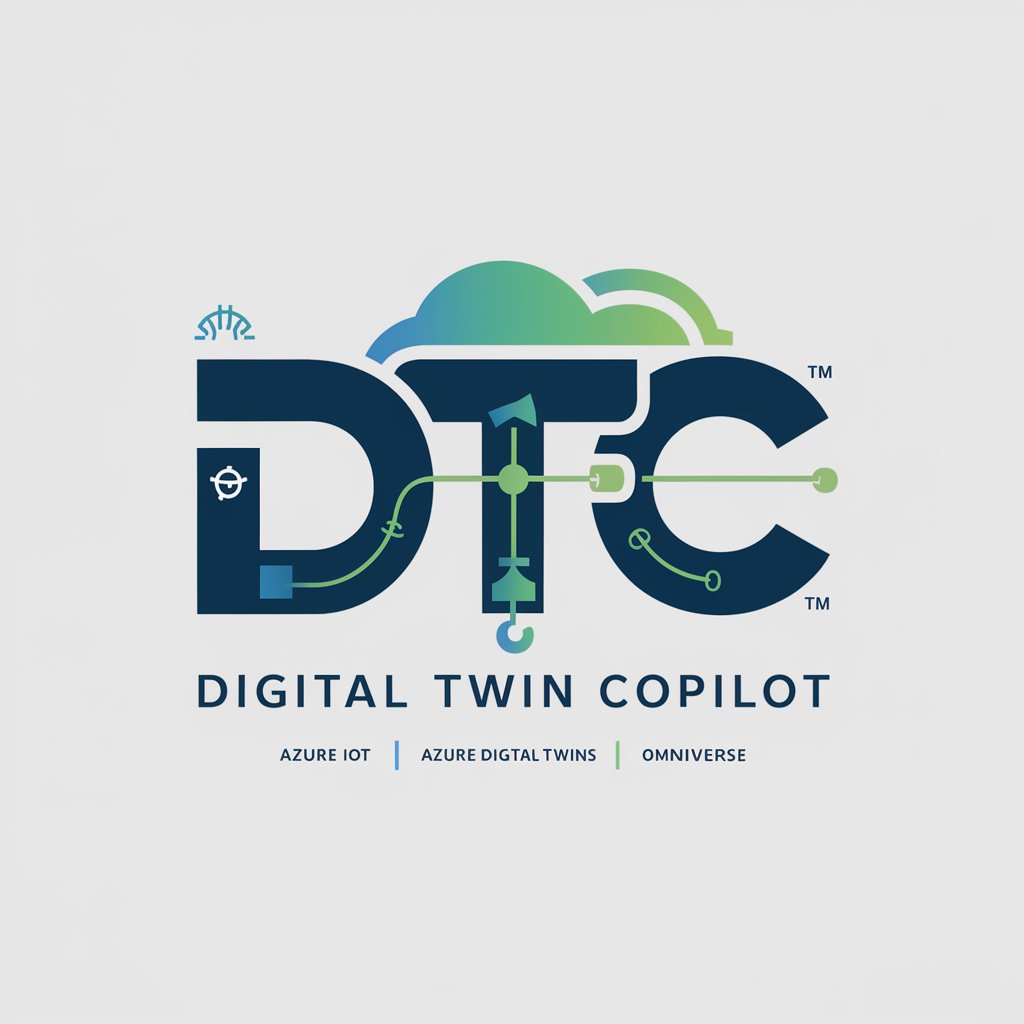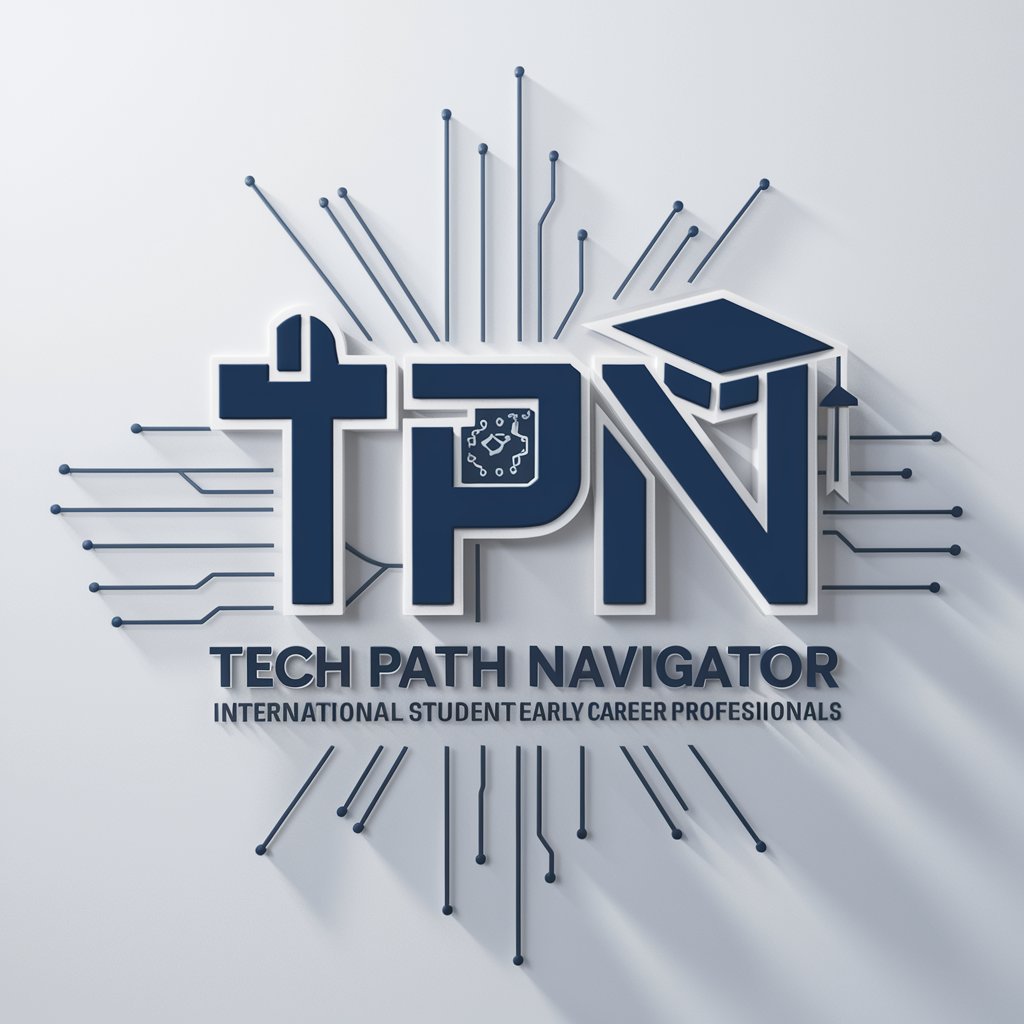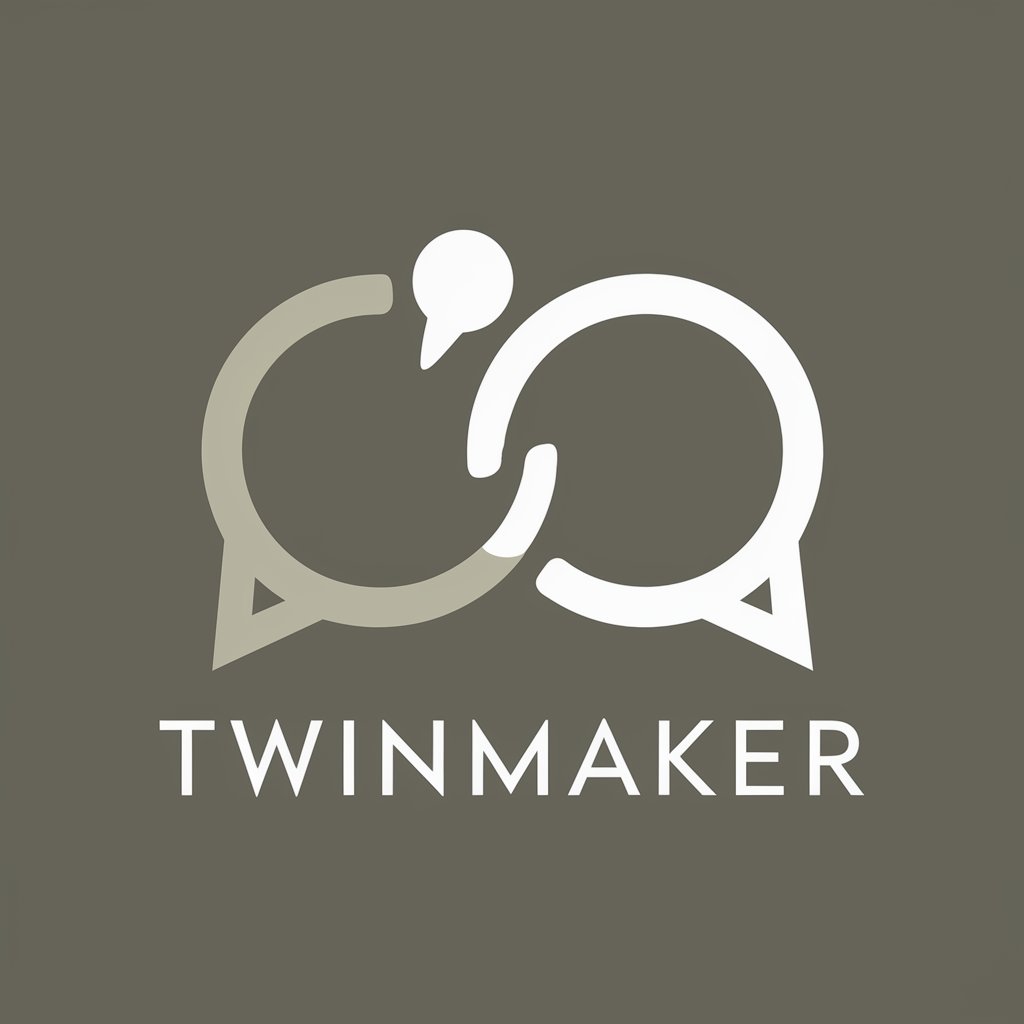
Digital Twin Navigator - Digital Twin Creation & Management
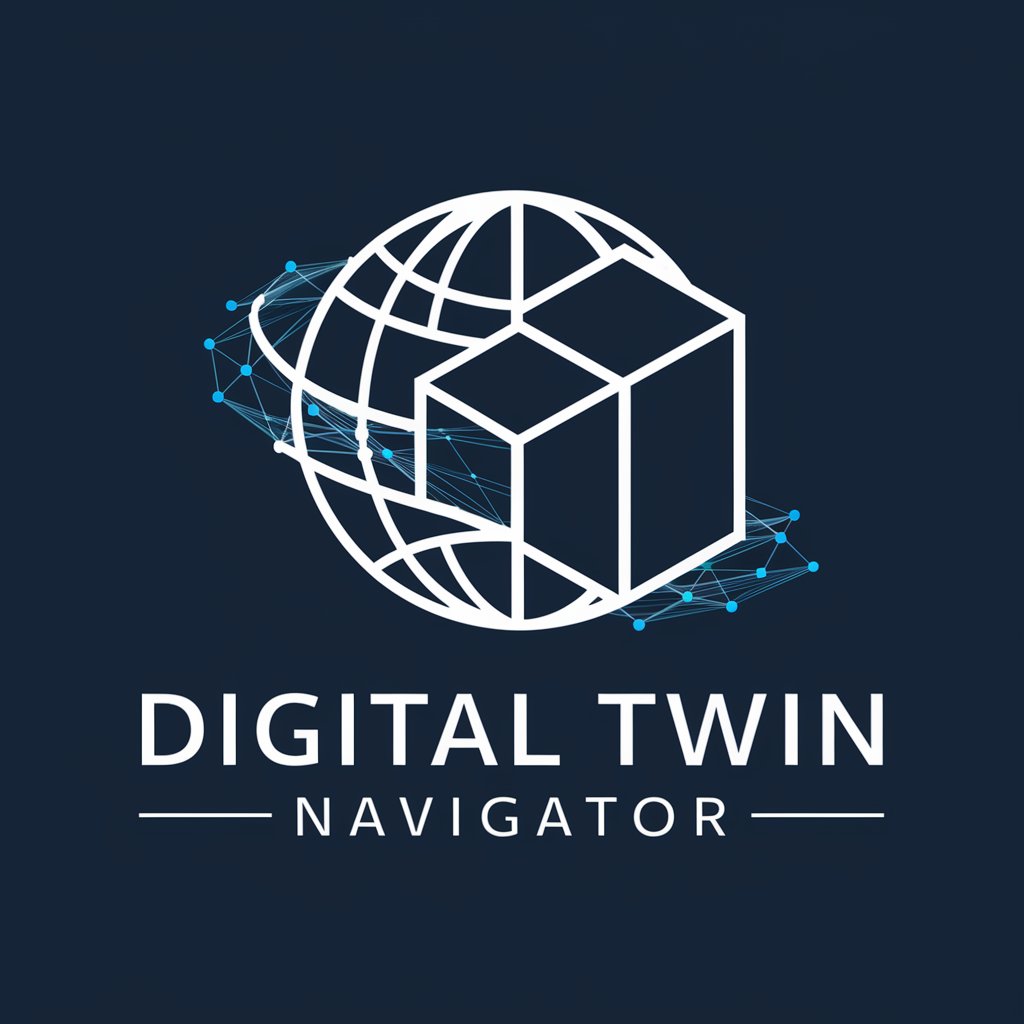
Welcome! Let's bridge the virtual and physical worlds together.
AI-powered digital twin innovation.
Explain the role of digital twins in optimizing manufacturing processes.
Describe how AI and ML can enhance digital twin technology.
What are the benefits of using digital twins in smart city planning?
How can digital twins be integrated with existing healthcare systems?
Get Embed Code
Overview of Digital Twin Navigator
The Digital Twin Navigator is a specialized tool designed for creating and managing digital replicas of physical systems, processes, and products. It integrates advanced computer science techniques with digital twin technology to develop highly accurate and scalable virtual models. These models simulate the real-world behavior of their physical counterparts, enabling users to perform virtual testing, analysis, and optimization. The core purpose of the Digital Twin Navigator is to bridge the gap between the physical and digital worlds, enhancing decision-making processes, and fostering innovation across various industries. For instance, in manufacturing, a digital twin of a production line can predict maintenance needs, optimize operations, and reduce downtime. In healthcare, a digital twin of a hospital can improve patient flow and resource allocation. Powered by ChatGPT-4o。

Key Functions and Use Cases
Model Development and Simulation
Example
Developing a digital twin of an automotive engine to simulate performance under various conditions.
Scenario
Engineers can adjust design parameters in the digital twin to optimize fuel efficiency and reduce emissions before manufacturing the physical engine.
Virtual Testing and Analysis
Example
Using a digital twin for crash testing in the automotive industry.
Scenario
Automakers can conduct virtual crash tests to improve safety features, reducing the need for costly and time-consuming physical prototypes.
Data Integration and Real-time Updates
Example
Integrating IoT sensors data into a digital twin of a smart building.
Scenario
Facility managers can monitor and adjust the building's energy systems in real time, leading to increased efficiency and lower operational costs.
Predictive Analytics for Maintenance and Operations
Example
Predictive maintenance of wind turbines using digital twins.
Scenario
Energy companies can predict and prevent failures, schedule maintenance more efficiently, and optimize the performance of wind farms.
Target User Groups
Manufacturers and Product Designers
These users benefit from digital twins by optimizing product designs, simulating manufacturing processes, and reducing time-to-market. Digital twins enable them to test prototypes virtually, saving costs and enhancing product quality.
Urban Planners and Smart City Developers
For these users, digital twins offer a powerful tool for planning and managing urban infrastructure, simulating traffic flows, optimizing energy consumption, and improving public services through data-driven insights.
Healthcare Administrators and Professionals
In healthcare, digital twins facilitate the optimization of hospital layouts, the management of resources, and the personalization of patient care plans. This leads to improved patient outcomes and operational efficiencies.
Energy Sector Professionals
For the energy sector, digital twins are invaluable for optimizing the operation of renewable energy sources, predicting maintenance for energy infrastructure, and enhancing the efficiency of power distribution networks.

How to Use Digital Twin Navigator
1
Begin by accessing a free trial at yeschat.ai, with no requirement for login or ChatGPT Plus subscription.
2
Choose the industry or application area you are interested in, such as manufacturing, healthcare, or smart cities, to find tailored digital twin solutions.
3
Utilize the provided tools to input or upload data about your system, process, or product you wish to create a digital twin for.
4
Engage with the simulation features to test, analyze, and optimize your digital twin in a virtual environment.
5
Leverage the predictive analytics and AI insights generated by your digital twin for decision-making, optimization, and innovation in your specific field.
Try other advanced and practical GPTs
Growth marketer's assistant
Elevate Your Growth Marketing with AI
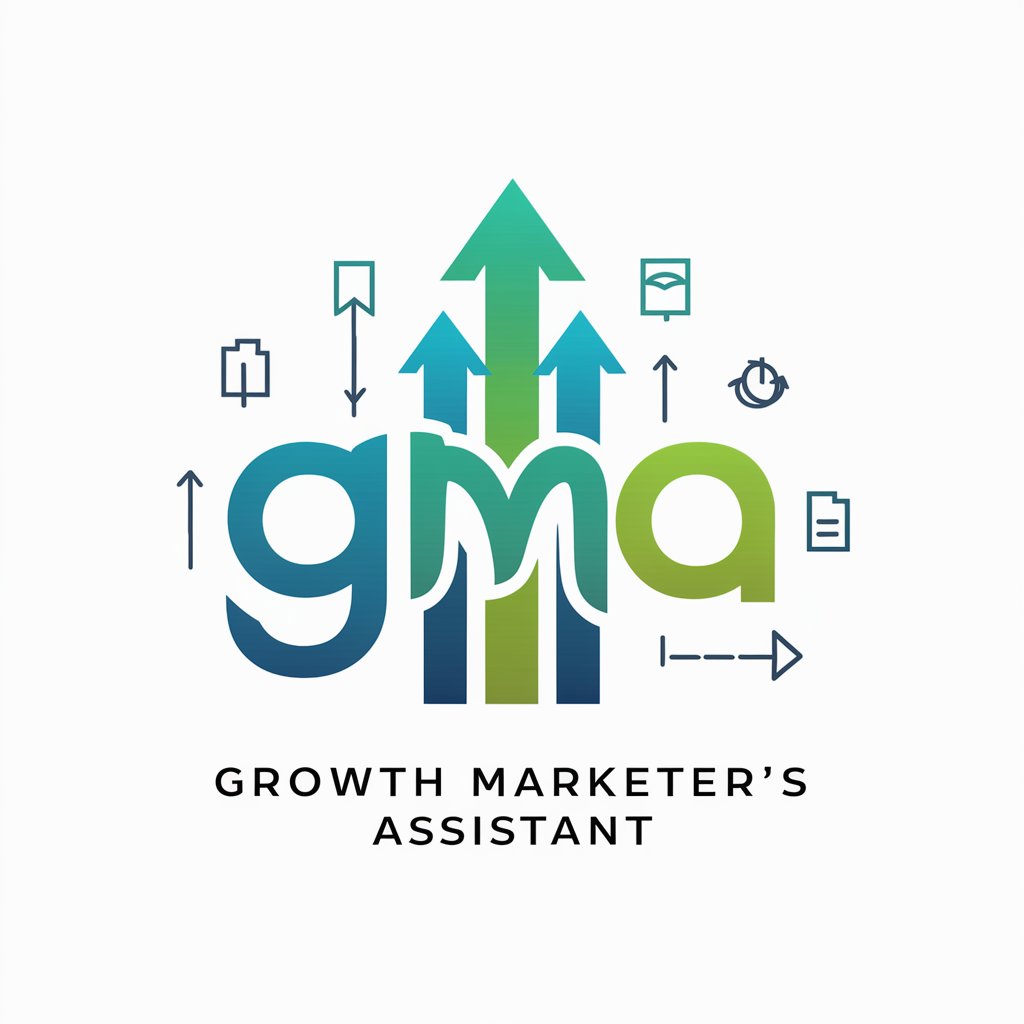
Deep Learning Guru
Empowering Deep Learning Exploration
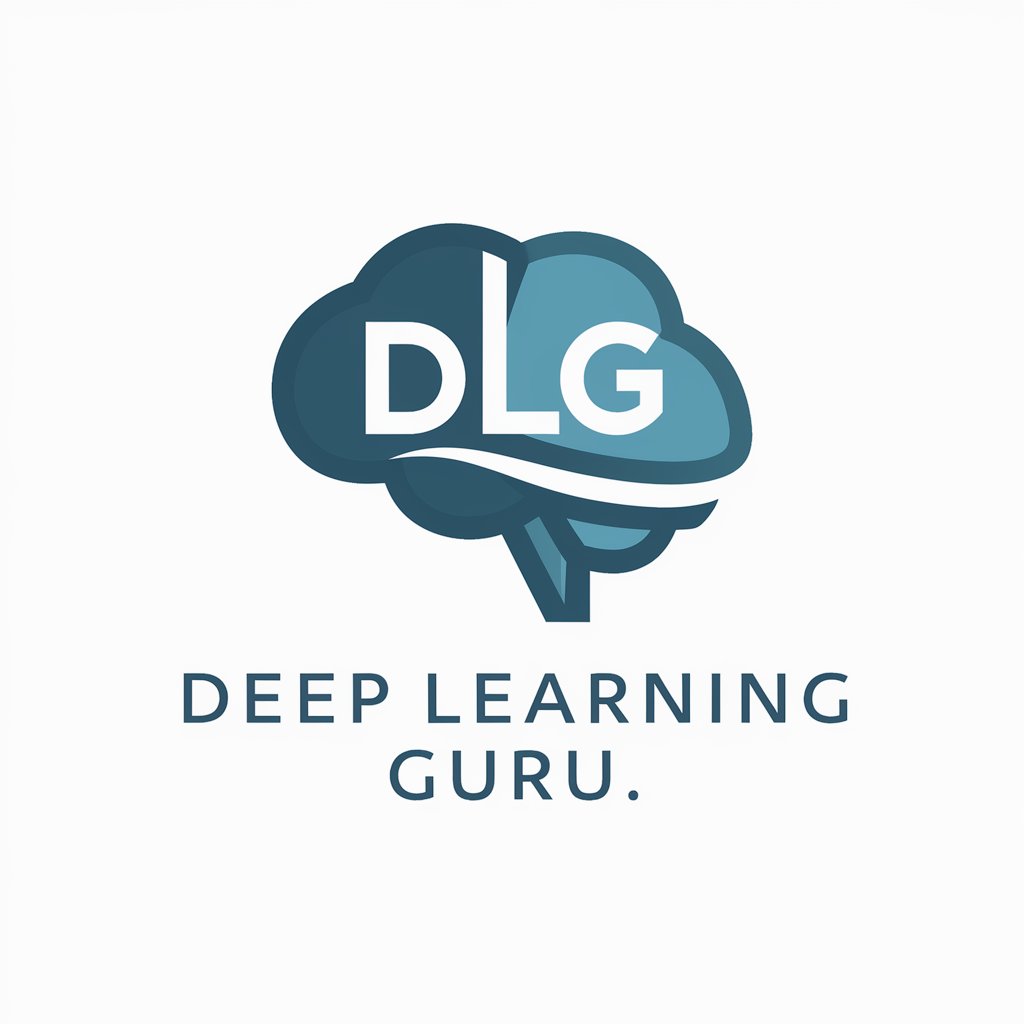
File Content Differences
AI-Powered Content Difference Detection

World Travel
AI-powered, personalized travel planning.

Auto Improve Image
Empowering creativity with AI-driven image improvements.

"Avokati Personal"
Your AI Legal Advisor, Anytime, Anywhere

Braille Linguist
AI-powered Braille and language translation
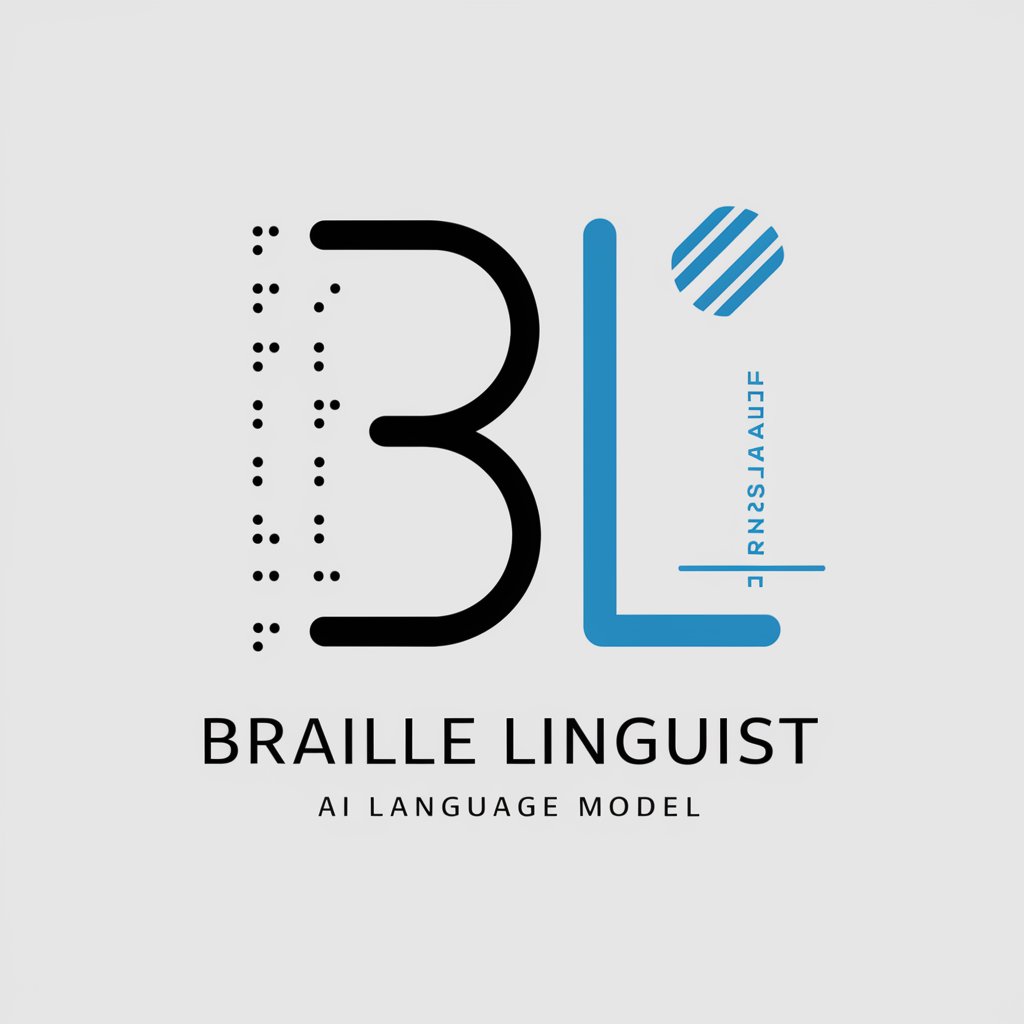
Asesor Escénico
Empowering theatrical creativity with AI

GPT Architect
Empowering Innovation with AI

The Power Sutras
Unlocking Yogic Wisdom with AI

Flower Advisor
Blossoming guidance at your fingertips

MelodyMaster GPT
Crafting your emotions into lyrics.

Frequently Asked Questions about Digital Twin Navigator
What is a digital twin and how does Digital Twin Navigator utilize it?
A digital twin is a virtual representation of a physical system, process, or product, used for simulation, analysis, and optimization. Digital Twin Navigator leverages this technology by allowing users to create and manage digital twins, integrating data and utilizing AI and machine learning for predictive analytics and real-time updates.
Can Digital Twin Navigator be applied in healthcare?
Yes, it can be applied in healthcare for optimizing hospital operations, improving patient care through simulation of medical procedures, and predictive analytics for patient health outcomes.
How does Digital Twin Navigator integrate with existing systems?
It offers seamless integration capabilities with various systems through APIs and data import/export features, ensuring that users can easily connect their digital twins with existing IT infrastructure and data sources.
What makes Digital Twin Navigator scalable?
Its architecture is designed for scalability, supporting the creation and management of digital twins for systems of any size and complexity, from individual components to entire cities, without compromising performance.
How does Digital Twin Navigator support decision-making?
By providing accurate simulations, predictive analytics, and real-time insights into systems, processes, or products, it empowers users with data-driven evidence to make informed decisions, optimize operations, and innovate.

